Earth
-
 Tech
TechHere’s one way to harvest water right out of the air
Need water but you have no access to rain, lakes or groundwater? Materials known as metal-organic frameworks could be used to slurp that water from the air, new data show.
By Sid Perkins -
 Plants
PlantsLet’s learn about trees
These long-lived woody plants provide shade for people, homes for animals — and help protect the planet against climate change.
-
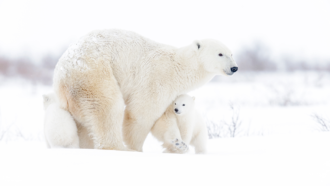 Earth
EarthLet’s learn about the Arctic
The far North is a mix of vast tundra and icy waters, filled with interesting creatures, from tiny zooplankton to huge polar bears.
-
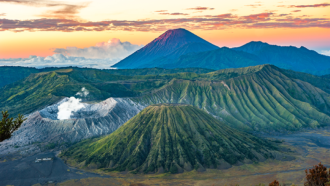 Earth
EarthScientists Say: Ring of Fire
This horseshoe-shaped path on the fringes of the Pacific Ocean holds most of the world’s active volcanos and earthquake sites.
-
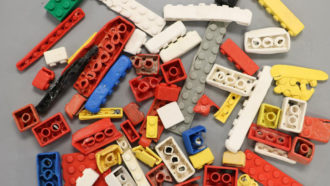 Environment
EnvironmentLegos could last a disturbingly long time in the ocean
By looking at toys washed up on beaches, scientists have estimated how long it takes hard plastics to break down in the oceans. And it’s a long time.
-
 Earth
EarthLet’s learn about geysers and hydrothermal vents
These are places where superhot water streams out of the earth. Plate tectonics explains how they form.
-
 Environment
EnvironmentLaundry tweaks can help clothes last longer and pollute less
Clothes washed in cooler water and for less time shed less dye and fewer fibers, a new study finds. That’s better for clothes — and the environment.
-
 Environment
EnvironmentGreener than burial? Turning human bodies into worm food
Composting human bodies yielded good results — and good soil — in one small study. It could become an alternative to burial or cremation in one state.
-
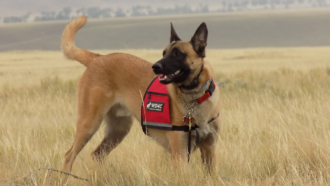 Animals
AnimalsConservation is going to the dogs
Scientists are now training dogs to help track rare, elusive — and sometimes invasive — plants and animals.
-
 Earth
EarthDesert trails and microbial life excite this soil scientist
To help her desert community, Lydia Jennings focuses her research on how mining affects soil microbes.
-
 Earth
EarthScientists Say: Meteorology
This word describes the study of processes in the Earth’s atmosphere, including the weather.
-
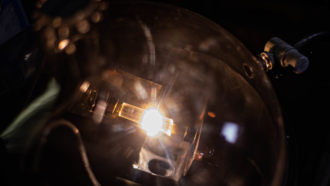 Chemistry
ChemistryConverting trash to valuable graphene in a flash
Flash heating of carbon-rich wastes creates graphene, which has many commercial uses.